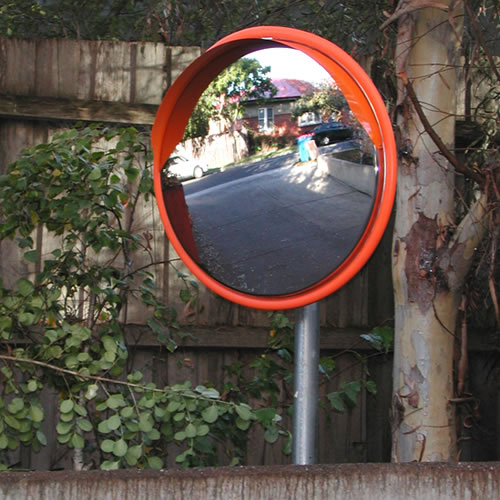- Buy your next forklift at the Forklift Store! Save on new and used forklifts for sale with excellent financing & nationwide shipping. Based in Denver, CO.
- Outdoor Electric Forklift Solution. The Toyota Electric Pneumatic is a green, outdoor forklift solution. Instead of supplementing your indoor electric fleet with IC counterparts for your outdoor application, the Electric Pneumatic provides an all-electric option for both indoor and outdoor use.
- The Forklift Pro is a worldwide wholesaler of used forklifts for sale, used material handling equipment, attachments and accessories.
Forklift is a small industrial vehicle, having a power operated forked platform attached at the front that can be raised and lowered for insertion under a cargo to lift or move it. Forklifts serve the needs of various industries including warehouses and other large storage facilities. Forklifts are powered by electric battery or combustion engines.
represent more than 90% of the
forklift market in North America.

ITA Spring Meeting Registration is Now Open Register Now!
manufacturers and suppliers in the forklift
industry. Each month you will find here an
informative profile of one of ITA’s Members.
The Forklift Snowbird
OSH Answers Fact Sheets
Easy-to-read, question-and-answer fact sheets covering a wide range of workplace health and safety topics, from hazards to diseases to ergonomics to workplace promotion. MORE ABOUT>
Download the free OSH Answers app
When should an operator inspect the forklift truck?
An operator should inspect the forklift truck every day, including at the beginning of each shift, and before using each time.
What does a daily inspection involve?
The operator should carry out a visual check ('circle' check) before starting the forklift. After completing the visual pre-start check, the operator should do an operational pre-use check.
What should an operator inspect during the visual pre-use check?
- General condition and cleanliness.
- Floor – clear of objects that could cause an incident.
- Overhead – no obstructions.
- Nearby objects to avoid as you drive away.
- Fire extinguisher – present and charged.
- Engine oil level, fuel level, radiator fluid level (liquefied petroleum gas (LPG), gas, and diesel forklifts).
- Propane equipment – fuel tank mounting system, fuel tank position pin, propane relief valves and hose condition.
- Battery – fully charged; no exposed wires; plug connections not loose, worn or dirty; vent caps not clogged; electrolyte levels in cells is adequate; secured in place by holddowns or brackets.
- Bolts, nuts, guards, chains, or hydraulic hose reels not damaged, missing or loose.
- Wheels and tires – check for wear, damage, and air pressure, if pneumatic tires.
- Forks – forks not bent or at different heights; no cracks present; positioning latches in good working condition; carriage teeth not broken, chipped or worn.
- Chain anchor pins – not worn, loose or bent.
- Fluid leaks – no damp spots or drips.
- Hoses – held securely; not loose, crimped, worn or rubbing.
- Grease or debris in the operator compartment.
- Seatbelt and/or operator restraint device (if equipped) – belts and restraints work properly; no visible wear or damage; anchors, buckles, etc. function properly.
- Seat locks – in position
- Overhead guard, or roll over protection structure (ROPS) if present – secure with no damaged areas.
- Other guards – all guards in place and in good condition.
What should an operator inspect during the operational pre-use check?
The Forklift Pro
- Foot brake – pedal holds, unit stops smoothly.
- Parking brake – holds against slight acceleration.
- Deadman seat brake – holds when operator rises from seat.
- Clutch and gearshift – shifts smoothly with no jumping or jerking.
- Dash control panel – all lights and gauges are operational.
- Horn – working and loud enough to be heard in working environment;
- Back-up (reverse) alarm and other warning devices are operational.
- Lights – headlights and warning lights are operational.
- Steering – moves smoothly.
- Lift mechanism – operates smoothly (check by raising forks to maximum height then lowering forks completely).
- Tilt mechanism – moves smoothly, holds the load (check by tilting mast all the way forward and backward).
- Cylinders and hoses – not leaking after above checks.
- Listen for any unusual sounds or noises.
Report any problems identified in daily check to the supervisor immediately.
Check with your jurisdiction for any requirements regarding frequency of checks, and maintenance. A list of Canadian government departments responsible for health and safety can be found here.
Add a badge to your website or intranet so your workers can quickly find answers to their health and safety questions.
What's New
Check out our What’s New listing to see what has been added or revised.
Need more help?
The Forklift Amazon
Contact our Safety InfoLine
905-572-2981
Toll free 1-800-668-4284
(in Canada and the United States)
Tell us what you think
How can we make our services more useful for you? Contact us to let us know.


Disclaimer
Although every effort is made to ensure the accuracy, currency and completeness of the information, CCOHS does not guarantee, warrant, represent or undertake that the information provided is correct, accurate or current. CCOHS is not liable for any loss, claim, or demand arising directly or indirectly from any use or reliance upon the information.

Klaus The Forklift Driver Youtube
